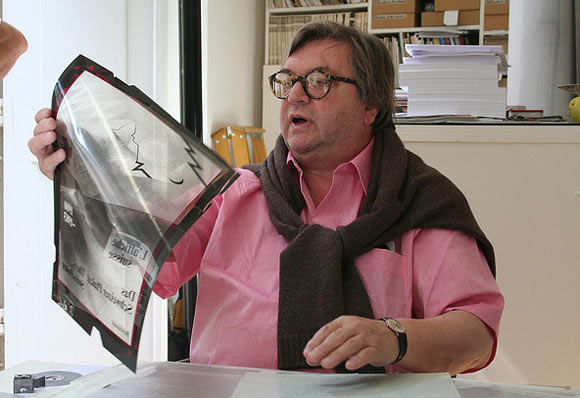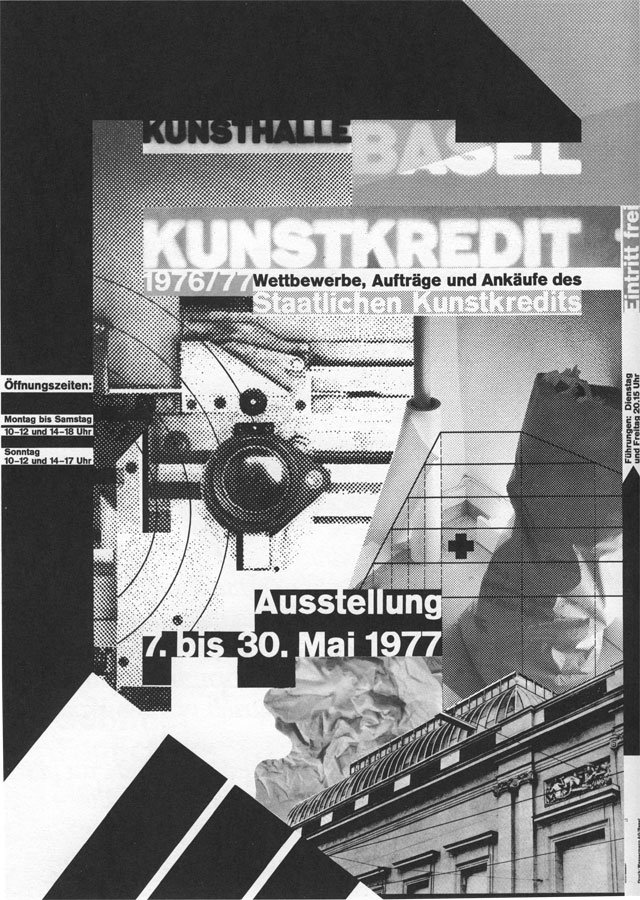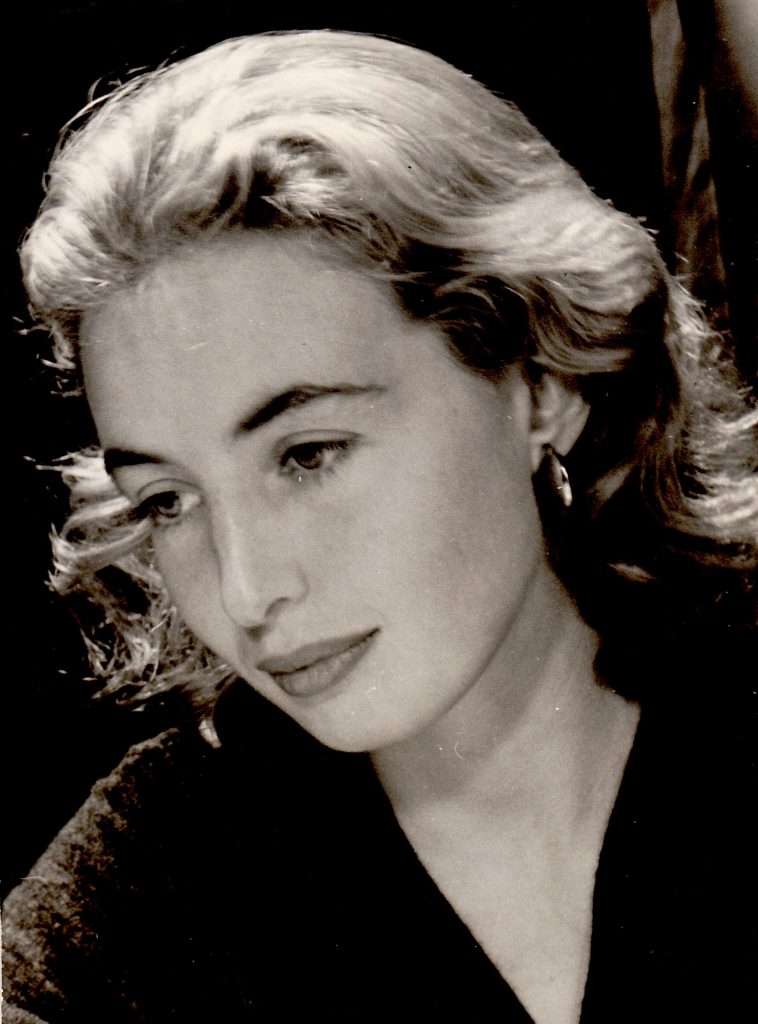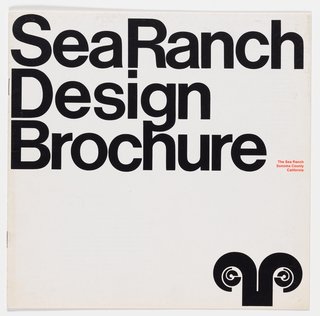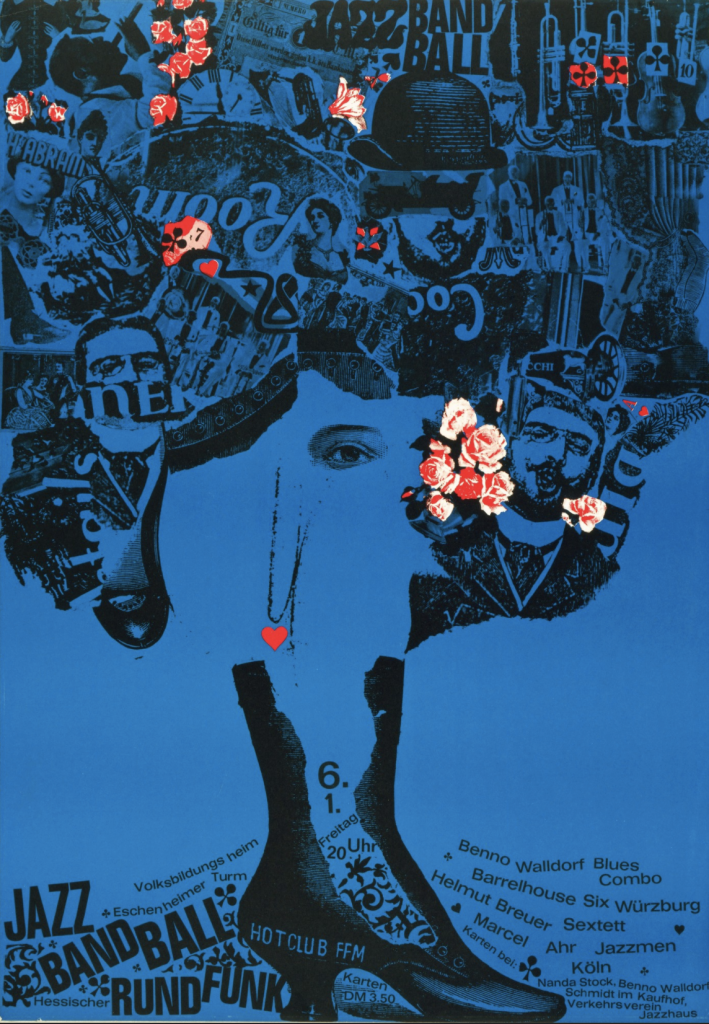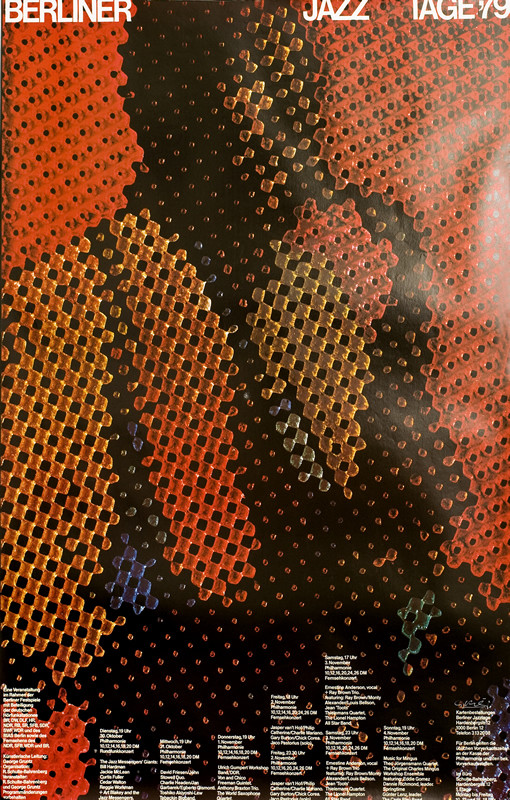It is impossible for graphic design students studying in Canada to not know who Jim Rimmer is because he is one of Canada’s most remarkable typographic figures.
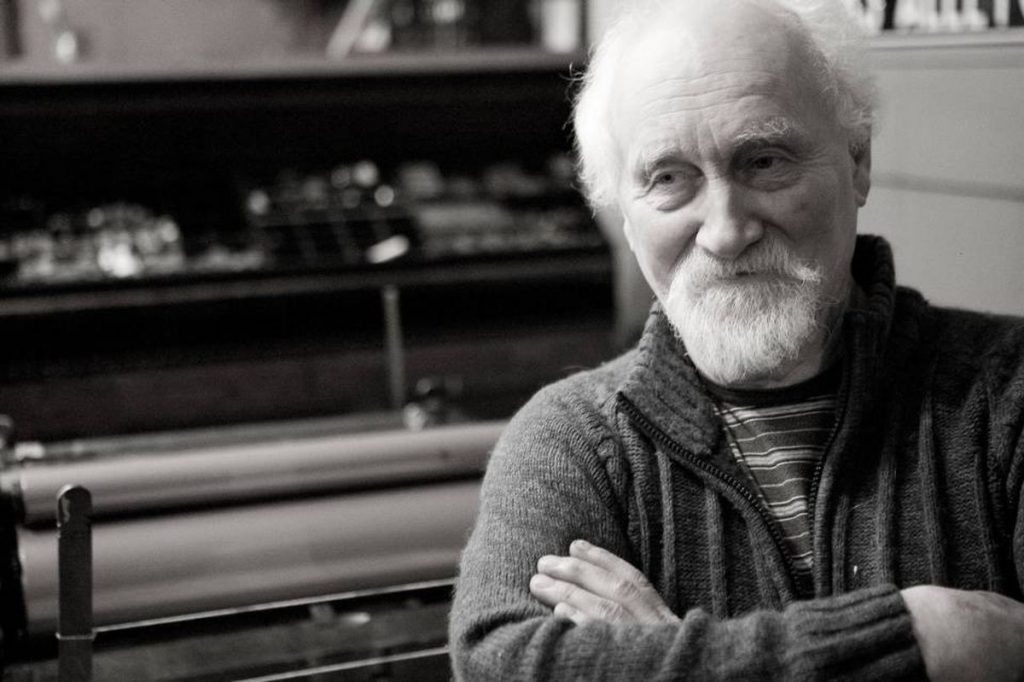
Jim Rimmer was known for playing many roles in the design industry such as a commercial artist, type designer, book designer, and mentor to countless artists; however, the works that had helped him become famous were his book design and type design. Shadow River, Charles Dickens’s A Christmas Carol, Mark Twain’s The Adventures of Tom Sawyer, Twain’s Adventures of Huckleberry Finn are some of the few books he had designed and participated in the printing process back in the 1990s. Moreover, Jim Rimmer was also an excellent type designer. There are six typefaces made traditionally by cutting out the metal and a lot more in digital format. The six typefaces were named to those important to him, such as Nephi Mediaeval (after his father, John Nephi), Juliana Oldstyle (after a daughter), Fellowship (in honor of the American Typecasting Fellowship), Albertan (after his wife), Hannibal Oldstyle (after Mark Twain’s birthplace), and Duensing Titling (after long-time friend Paul Duensing) (The Jim Rimmer Collection, 2005).
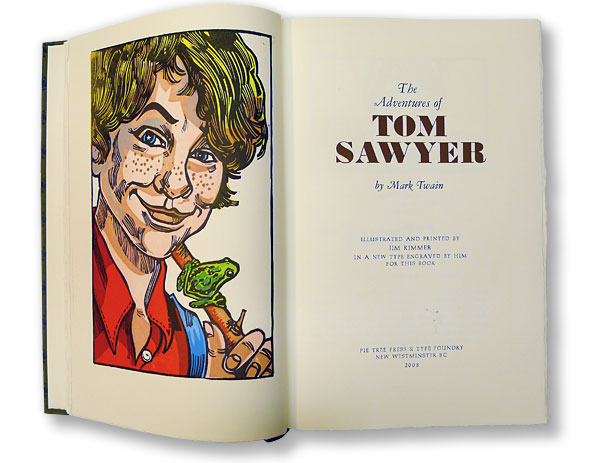
Overall, Jim Rimmer had left a legacy of design works with top-notch quality, and I think that we as design students should learn more from him. His works might not be as appealing as the designs that we see today but they will never be outdated.

